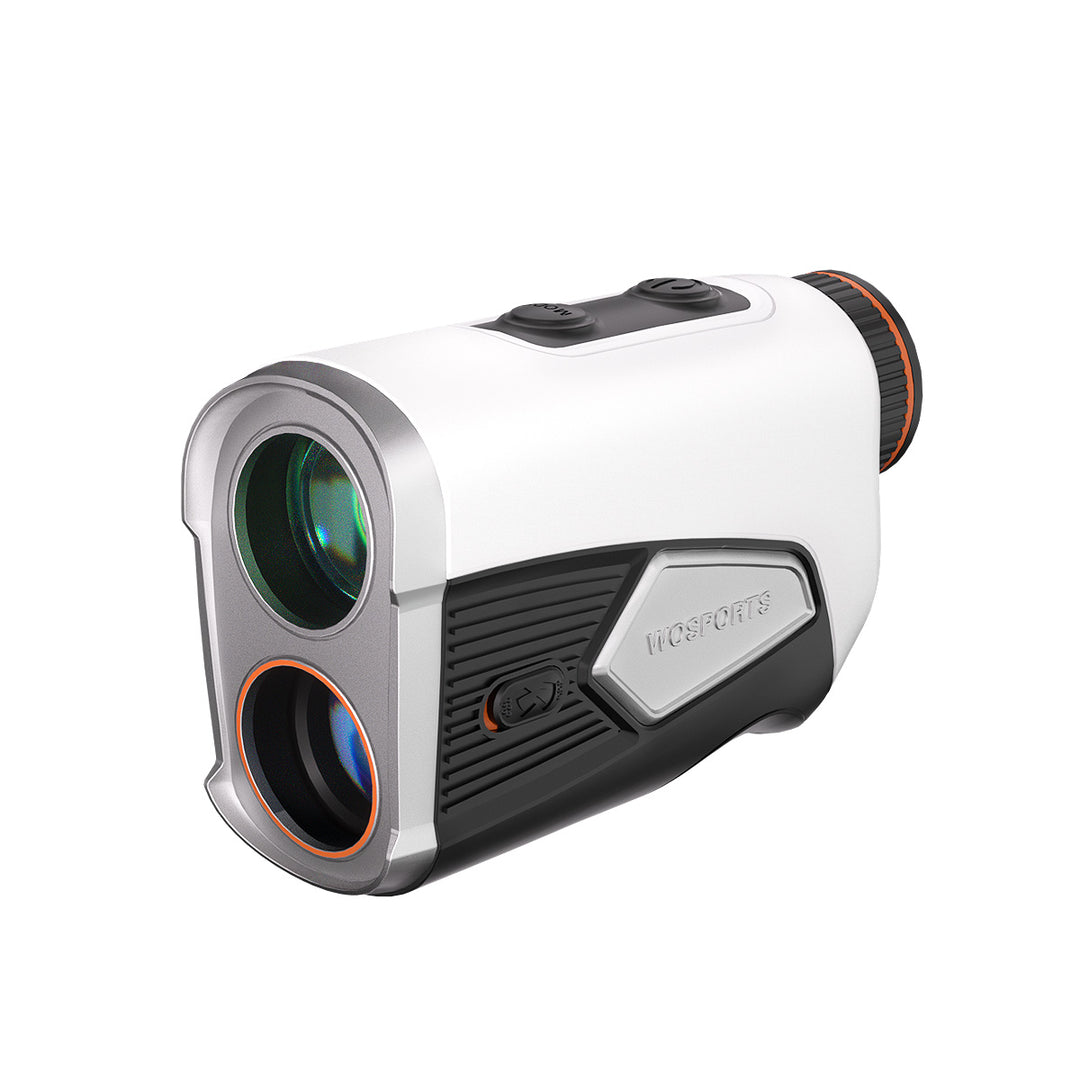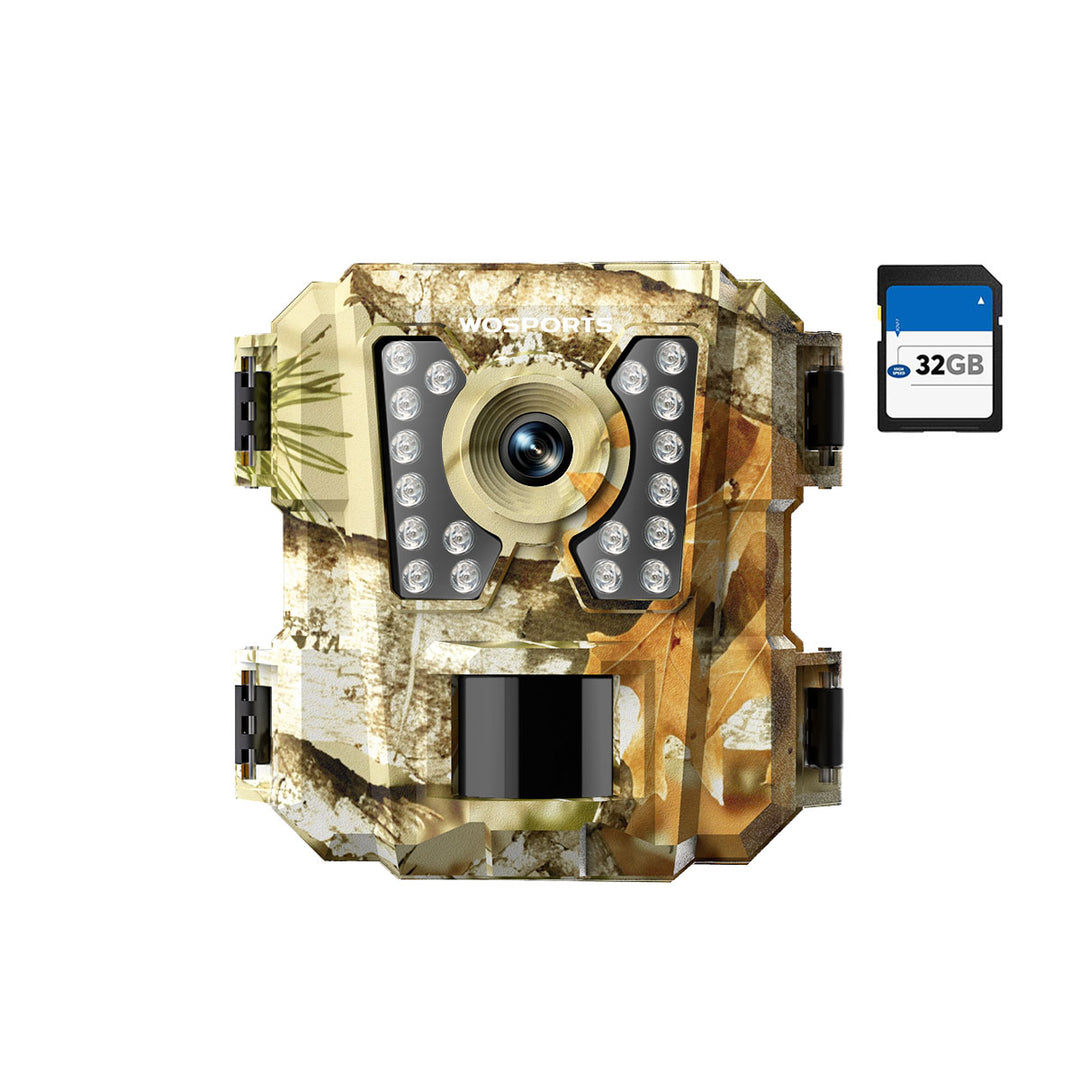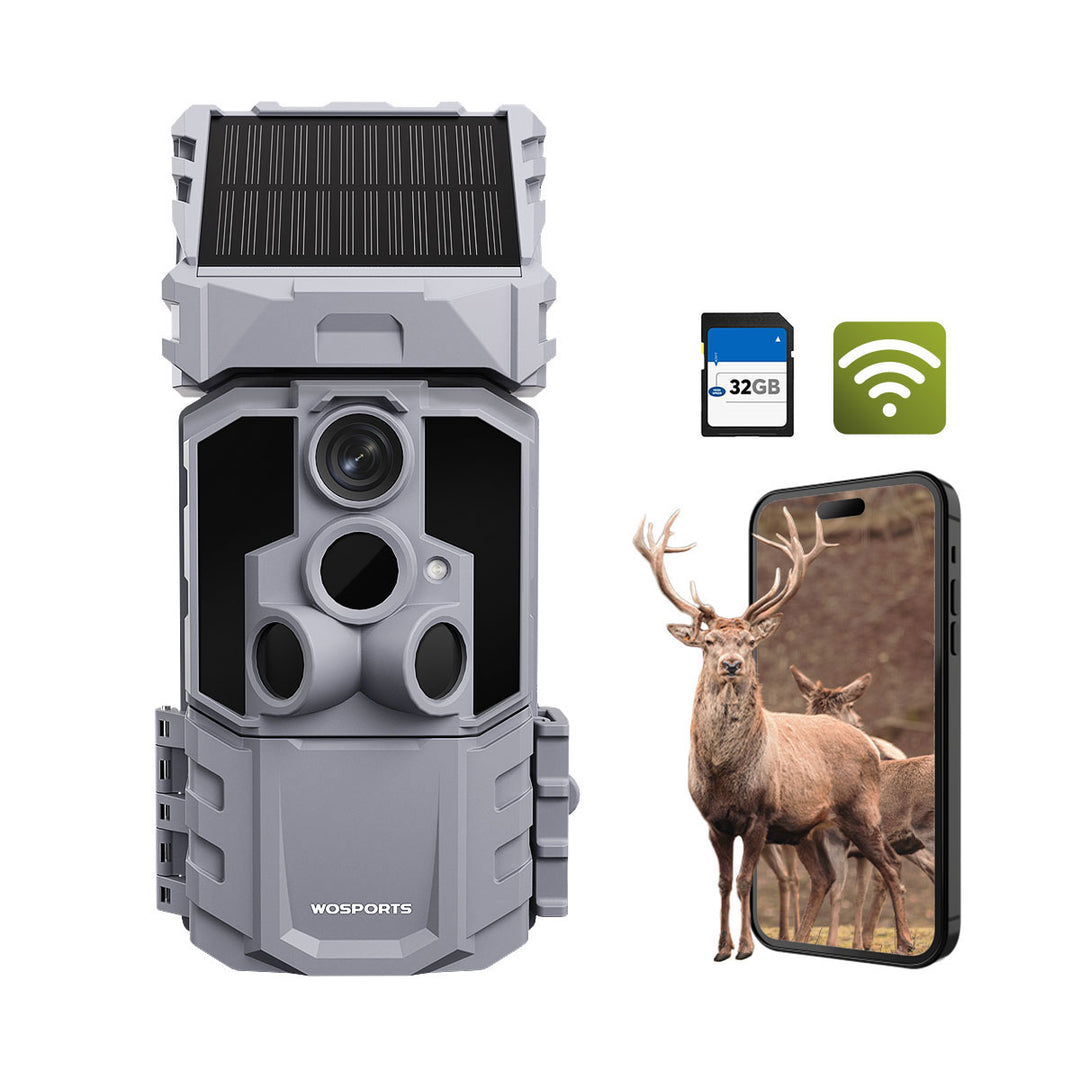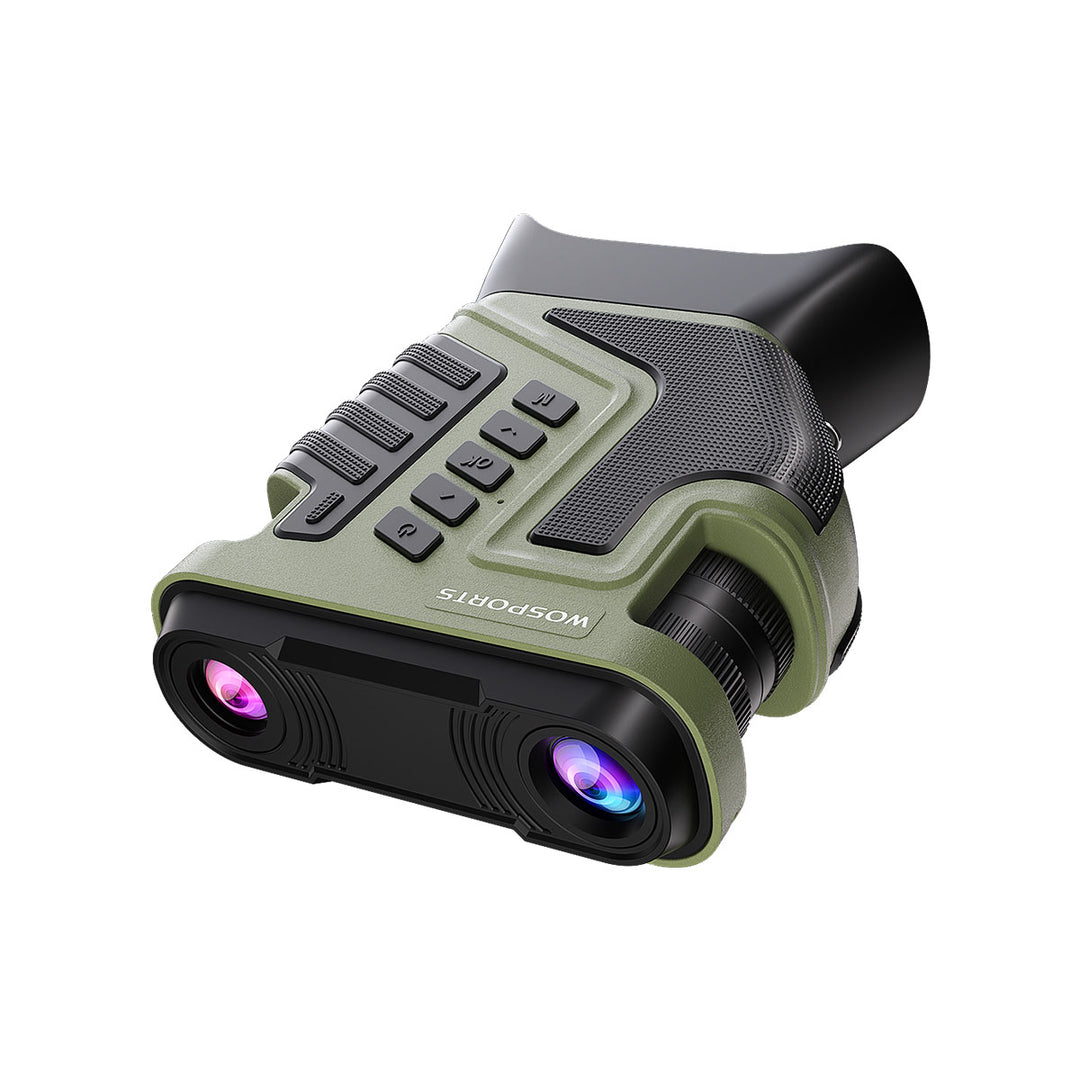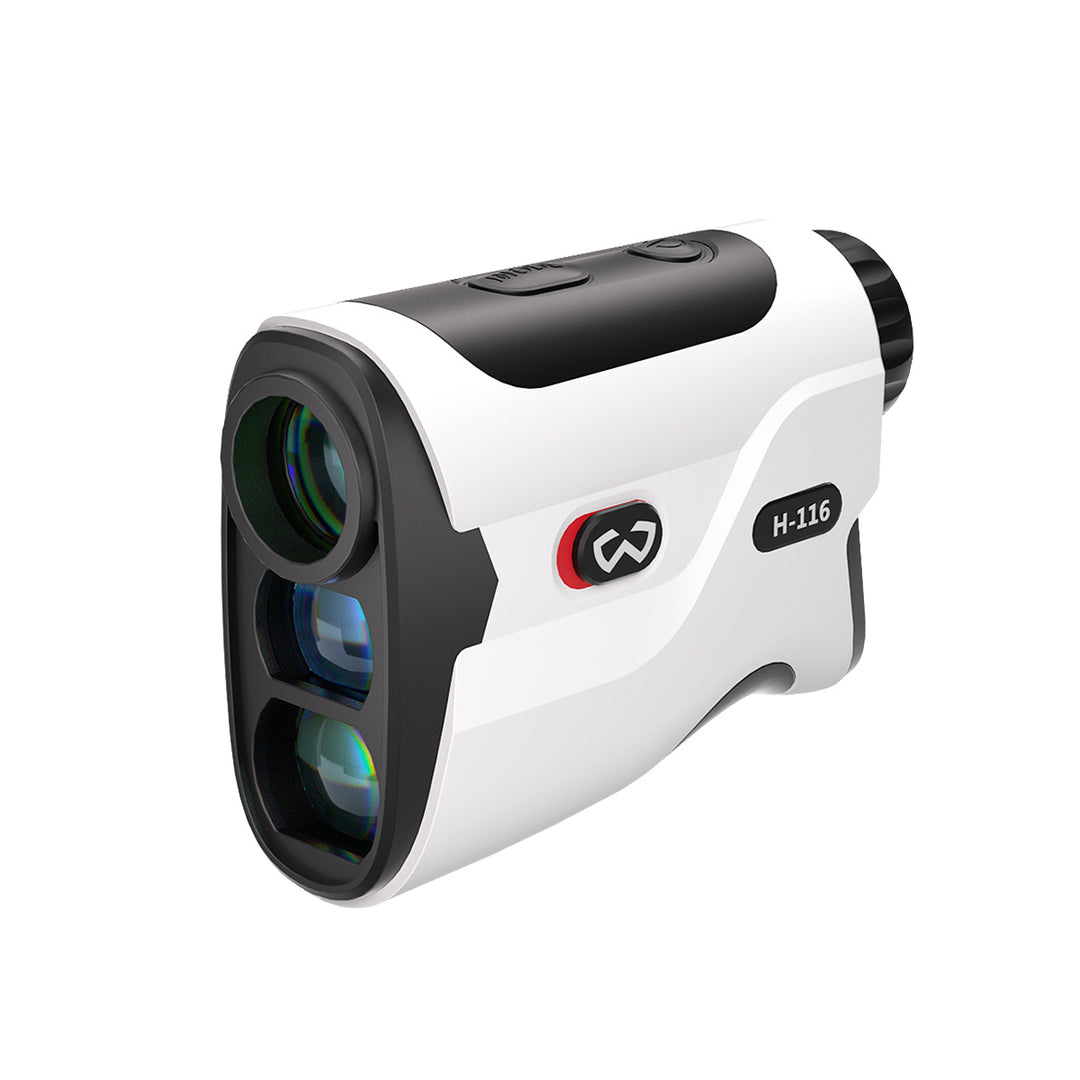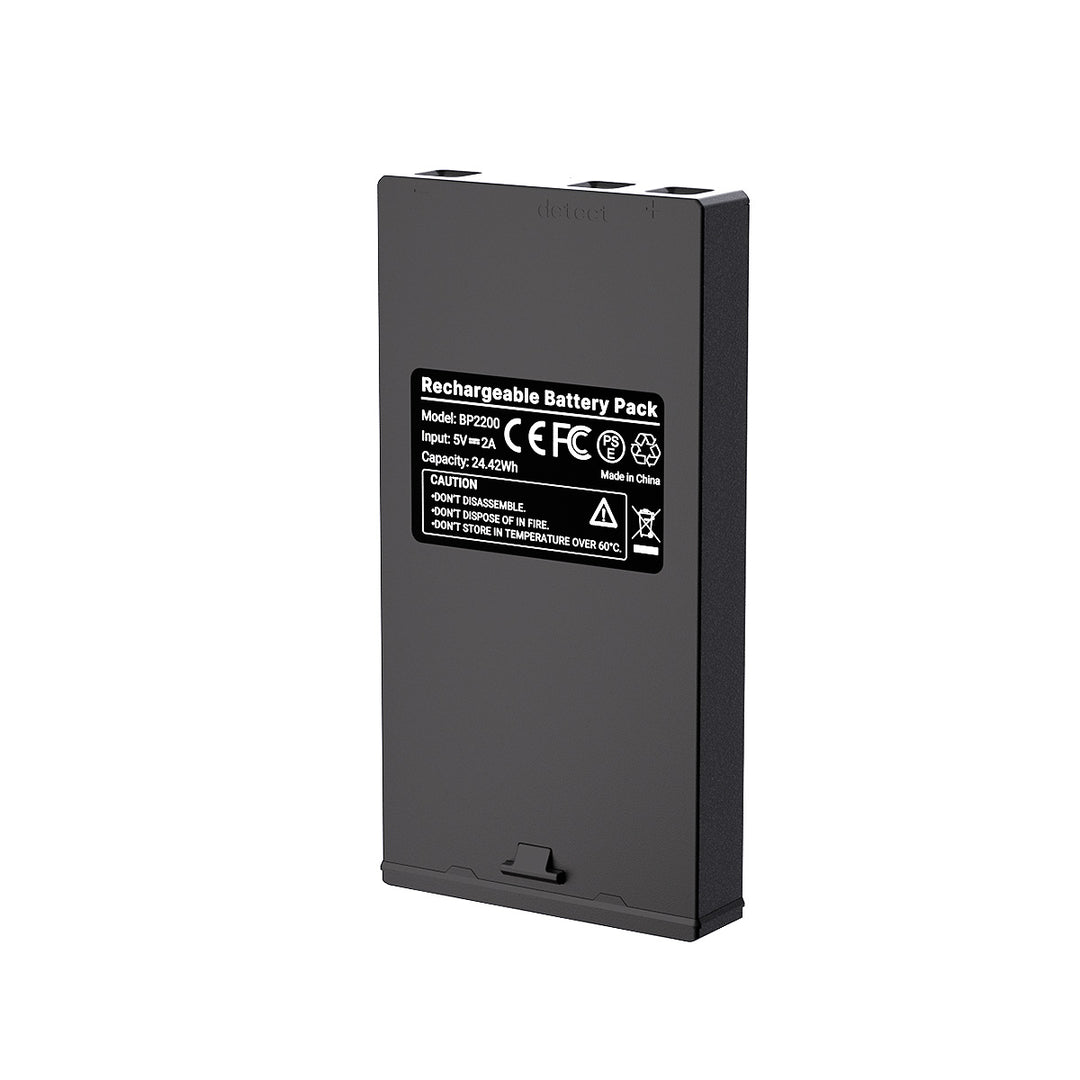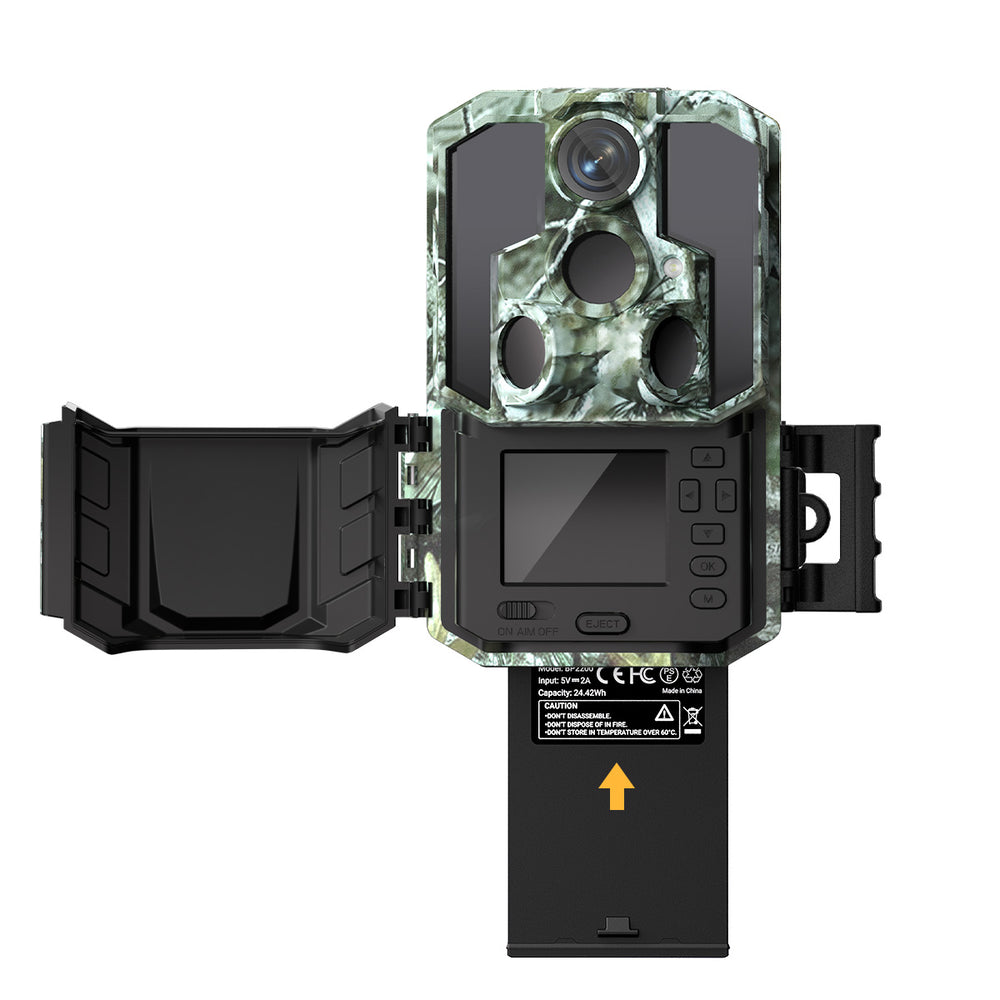Are Solar-Powered Trail Cameras Worth It for Large-Scale Deployment?
Over 60% of large-scale outdoor monitoring projects report high operational costs due to frequent battery replacements and maintenance visits. Solar-powered trail cameras promise to solve this pain point, are solar-powered trail cameras truly worth the investment for large-scale deployment?
In this article, we will explore the cost savings, performance benefits, ideal use cases, and real-world return on investment of solar-powered trail cameras.
Solar Trail Cameras Save You More Money Over Time
Traditional trail cameras rely mostly on AA or lithium batteries, which need to be changed every few weeks, if not months, depending on use and settings employed. Replacing hundreds of batteries can be a considerable expense in itself, and along with the time taken and labor involved can result in substantial accumulative costs.
Solar panel trail cameras, like the WOSPORTS G600 Pro WiFi trail camera, in contrast, boast highly efficient solar panels to recharge the internal batteries during daylight hours continuously. Thus, the longer operational life enables fewer site visits.
When 100 cameras were deployed for a certain project and battery replacement is considered to be required four times per annum, at a site visit cost of $20 a pop, it is easy to see how maintenance costs for such battery replacements would exceed $8,000 annually. Solar trail cameras can reduce this by as much as 80%, paying for themselves in about a year and a half.
Features of WOSPORTS G600 Pro

If you’re considering large-scale trail camera deployment, contact WOSPORTS today to discuss bulk pricing, OEM customization, and delivery timelines.
Or request a wholesale quote here →
How and Where to Use Solar-Powered Trail Cameras
Solar trail cameras perform exceptionally well in a variety of settings, particularly when numerous cameras must traverse challenging or expansive terrain:
Research and conservation of wildlife: remote observation of animal behavior without causing habitat disturbance.
Large-scale farms and ranches: safeguarding livestock and crops while requiring little work for battery maintenance.
Constant monitoring of distant borders or restricted areas is known as border and perimeter security.
Infrastructure projects and construction sites: sustained site security without regular manual inspections.
The higher uptime and lower operating costs that solar cameras provide are very advantageous in these situations.

Things to Consider Before Deploying Solar Trail Cameras
Before making a final choice, there are some points to consider by the buyers of solar trail cameras:
- Panel Efficiency: Areas with a high level of forest cover or low light levels may mean that solar charging is less efficient, hence the need for supplementary battery backup.
- Higher Upfront Cost: Though solar kits may have higher values at purchase than regular models, there should be some savings in the older days.
- Quality and Compatibility: Choosing manufacturers like WOSPORTS ensures that the panels to be installed are fully compatible with the camera equipment and weatherproofed.
Conclusion: An Investment Worth Making for Large-Scale Projects
Solar-powered trail cameras like the WOSPORTS G600 Pro offer enormous advantages by way of lowering operational costs and thereby extending camera runtime, together with simplifying the logistics for large-scale deployments. The upfront investment is significantly higher than with standard models, but solar trail cameras, through savings on maintenance and uninterrupted performance, offer conservationists, farmers, security professionals, and the like who need outdoor monitoring on a large scale a viable and sustainable option.
Search
Popular Posts
Recent Posts

Nov 28, 2024
Troubleshooting Common Trail Camera Issues
Jan 10, 2025
Why Does My Trail Camera Stop Working at Night?

































